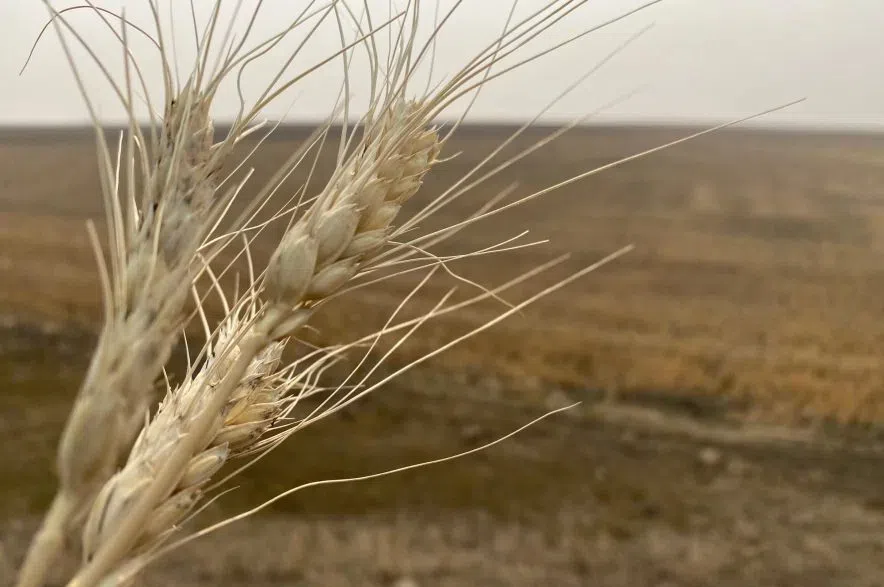Wildfires aren’t just having an impact on communities and homes; the effects can also impact crops.
With Saskatchewan seeding at 97 per cent complete, the smoke and lack of rain could have a dire impact on the fresh crop.
RealAgriculture’s agronomist Peter “Wheat Pete” Johnson, chatted with Lyndsey Smith on RealAg on the Weekend about how the smoke could play a role in poor crop yields.
Read more:
- Campaign designed to promote the safety and quality of Canadian agricultural products
- FCC commits $2 billion to bolster Canadian food and ag innovation
Listen to the full interview here:
The following transcript has been edited for length and clarity.
What impact does smoke have on crops, especially at this point so early in the season?
So most of the time, we don’t worry a lot about the amount of sunshine that crops are getting this time of year, because they’re not in grain fill. But we definitely need sunshine, that’s what creates photosynthesis.
And if you go back to when we had the Fort McMurray fires, that was one of the very few times that I’ve ever seen head size in a wheat crop limit the yield potential.
In the agricultural area of northern Saskatchewan, the smoke was so thick from those Fort McMurray fires, right at that five-leaf stage of the spring wheat crop when it’s forming the head in the plant, that it reduced photosynthesis so much that they just made very small heads. But they had poor yields.
Even though wheat can set three, four kernels at every spikelet, those heads were so small they didn’t have enough spikelets, even when they set multiple kernels to give good yield potential.
Even from a tillering standpoint, now most of the time in spring wheat in Western Canada, we don’t rely a lot on tillers. A lot of Western Canada growers don’t really like tillers.
So it’s from that perspective, maybe not a big deal, but absolutely it is an issue if we get heavy smoke for an extended period of time. It will reduce the amount of photosynthesis with all plants. If we don’t create a big factory before we flower, then we are going to have an impact on yield, hopefully minimal at this point, but potentially, yes.
What impact does this have on herbicide efficacy?
The one that would probably get impacted the most would be Liberty, so the burn herbicides that require sunlight to activate them. We get the best control with a product like Liberty when we spray it in the heat of the day and it’s sunny.
If we don’t get the sunshine and we don’t get that activation of the herbicide, then we’re not going to get as good control.
With the other herbicides, I don’t think it will have a big impact, because they’re not as sunlight-driven. Liberty is a big herbicide in Western Canada, so we want to spray it before a nice sunny day, and if we don’t get the sunny day, it could have an impact.
Let’s say it’s July, during flowering or during grain fill for wheat, does smoke have the same impact or less?
It has way more impact. The critical period for wheat is basically two weeks prior to heading to anthesis to 10 days after. With corn, it’s 10 days prior to tassel to two weeks after, or 10 days after. With canola, it’s that flowering stage and after. For most plants, the real critical period is around that flowering window.
With a plant like canola, it’s a lot more forgiving because it flowers over a long period of time. Soybeans flower over a long period of time. Crops that flower for a very short period of time, that critical period is much tighter and much more defined.
If you have lack of sunshine because you’ve got heavy cloud cover, then that will have a lot more yield impact than we’re ever going to see with cloudy conditions now.
Read more:











